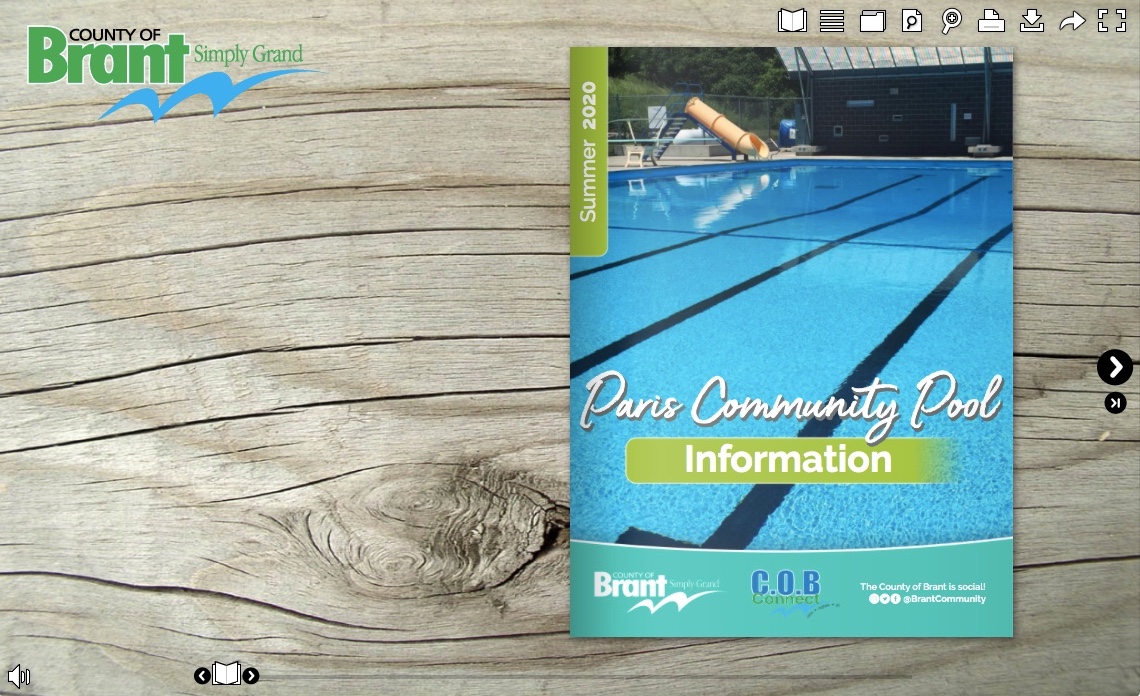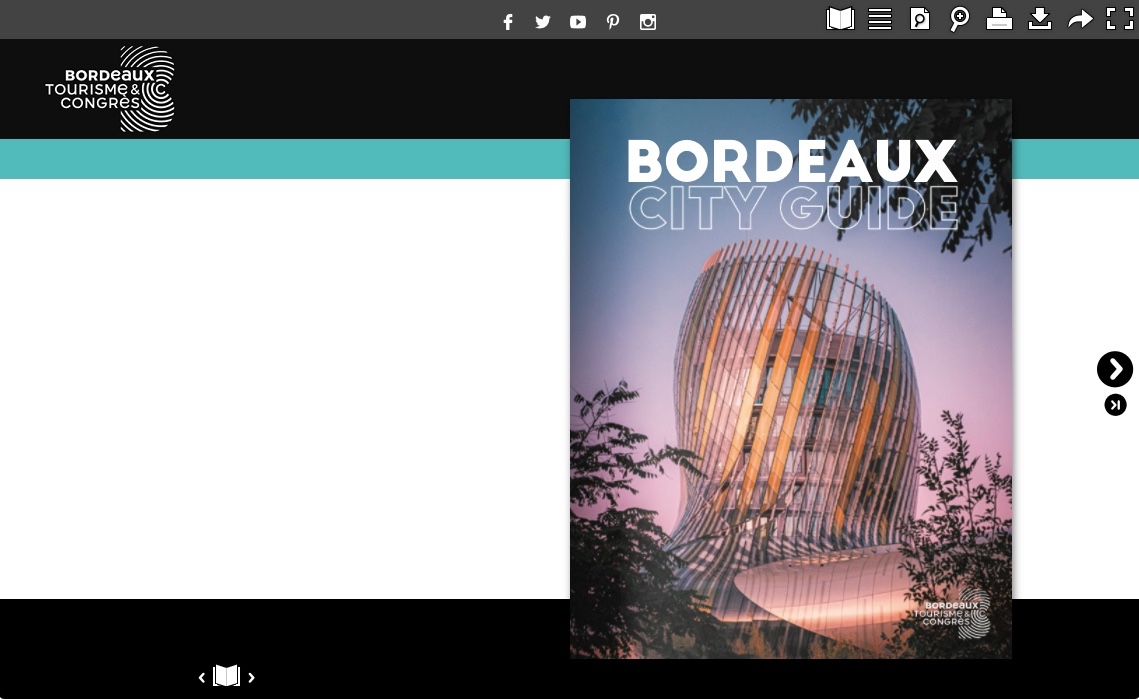At the end of 2023, whether on Facebook, Linkedin or Instagram, many brands (and influencers) have noticed a drop in reach and engagement on their social media. A consequence of channels saturated by the amount of content published every minute. So what kind of content should be created in 2024 to keep communicating effectively? Follow the 5 key trends we’ll be presenting in this article to help you overcome the decline in your social media metrics.
1. Dark social
In 2024, it’s important to offer content that can be shared privately. To do this, your content needs to be so well matched to your target audience, that they’ll share it with their acquaintances in a private message.
You can also offer private experiences between your brand and its customers, such as exclusive groups or private discussion channels.
💡Read more on dark social and Calaméo.
2. Video
Video is still king. But by 2024, vertical videos are expected to be longer, lasting several minutes. Note, however, that even longer videos need to be well-paced. Internet users must have no time to get bored.
💡TIP: Use these formats preferably in 2024: stories, vertical videos and live broadcasts.
3. Useful content
Whether to inspire or to inform, content must be of real use to the viewer. Empty or narcissistic content is no longer interesting. You need to offer content with high added value if you want Internet users to be interested in your brand. Don’t talk about yourself, talk about your audience: their needs, their expectations, and offer them content that inspires or educates them.
💡 TIP: To create content that’s useful to your audience, you first need to clearly define your target.
4. Entertaining content
The other type of content you can offer your audience to improve your reach is entertaining content. Choosing the angle of entertainment and humor is an excellent idea in 2024 since “making people laugh” or “entertaining people” means creating an emotional bond with your audience, who will be able to remember this when choosing between you and your competitors.
💡 TIP: Be careful, not all types of humor and entertainment will suit your brand, or your target, it’s up to you to find the one that fits.
5. User-generated content (UGC)
This latest type of trendy content underlines the need for authenticity. With UGC, the consumer speaks directly to the audience. And what better way to convince a consumer than with the opinion of another consumer? Content of this type allows you to play on your audience’s identification with the creator of the UGC.
💡 TIP: There are now many freelancers specializing in UGC creation.
Conclusion
It seems clear that the basis of content trends for 2024 is the same: it’s all about knowing your target audience. With a clear idea of your target, it will be very easy for your brand to create useful, entertaining and shareable content to boost your social networks.
💡Re-read 2023’s key content trends.





